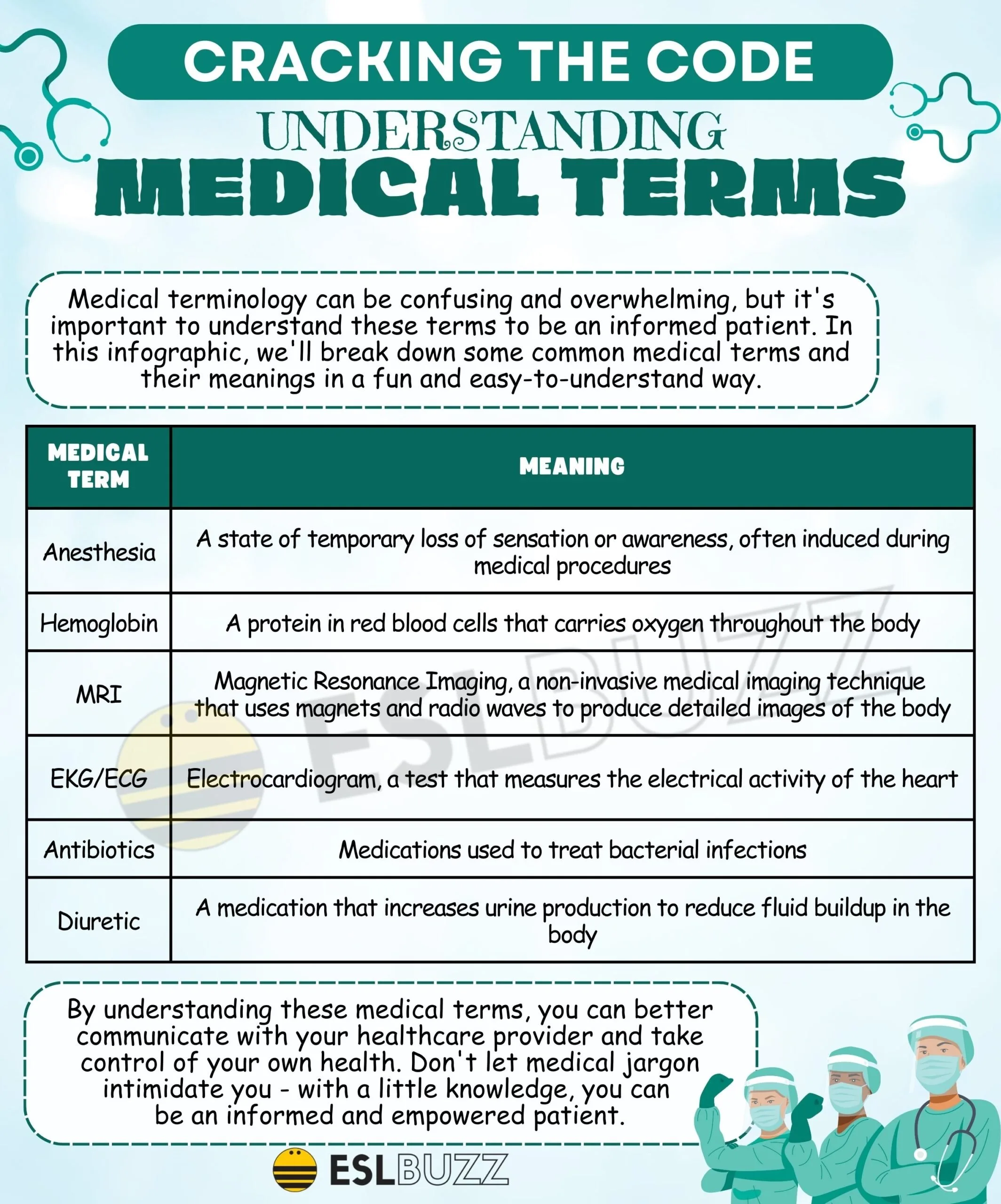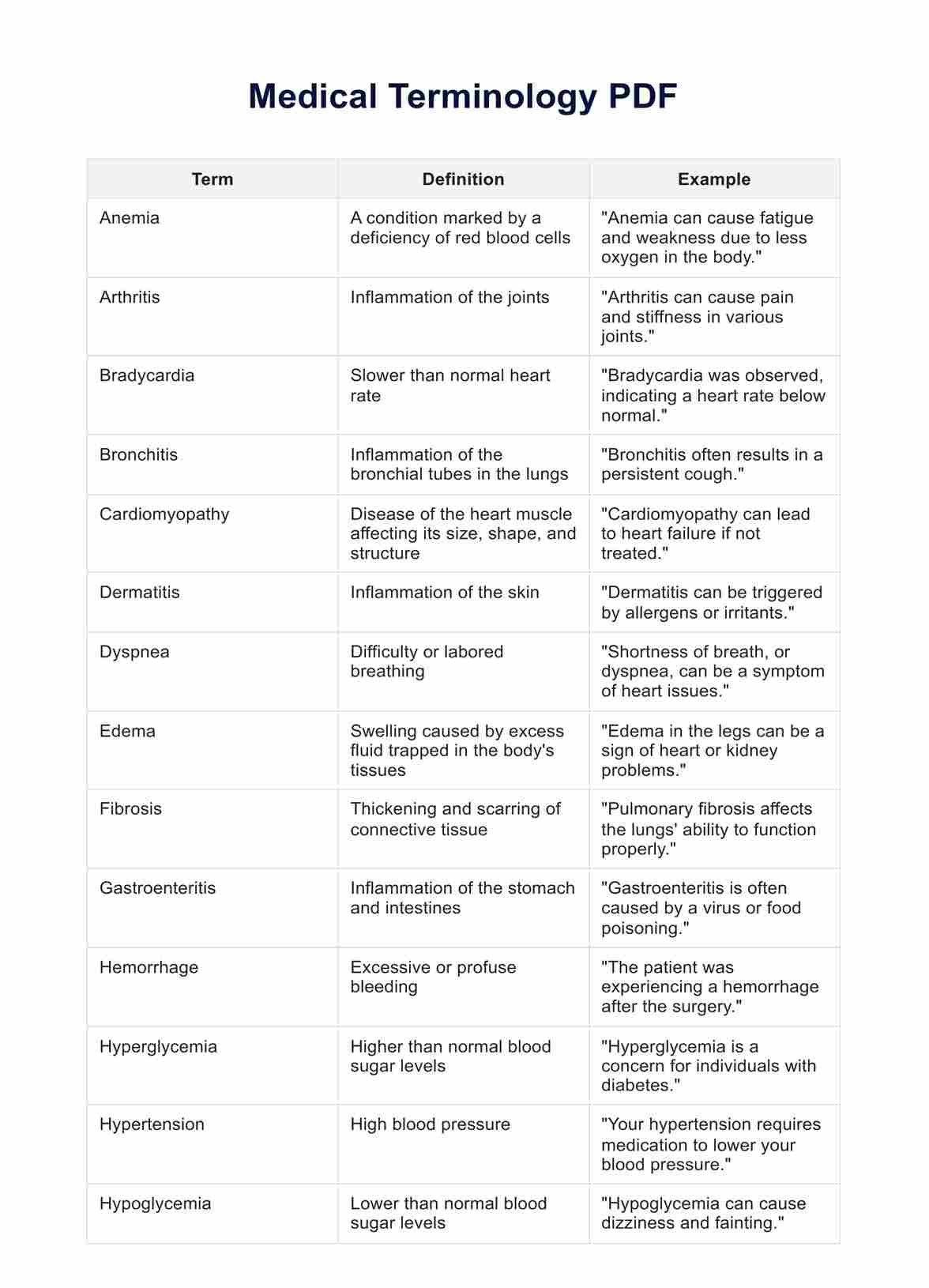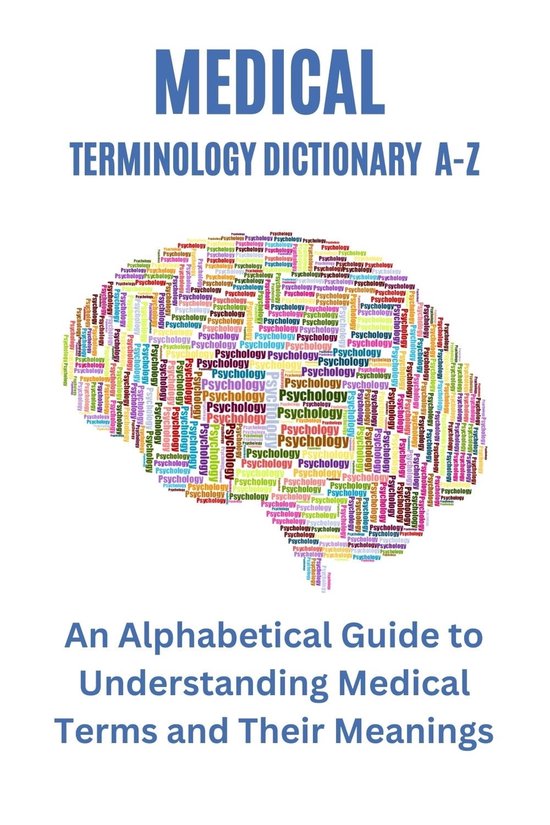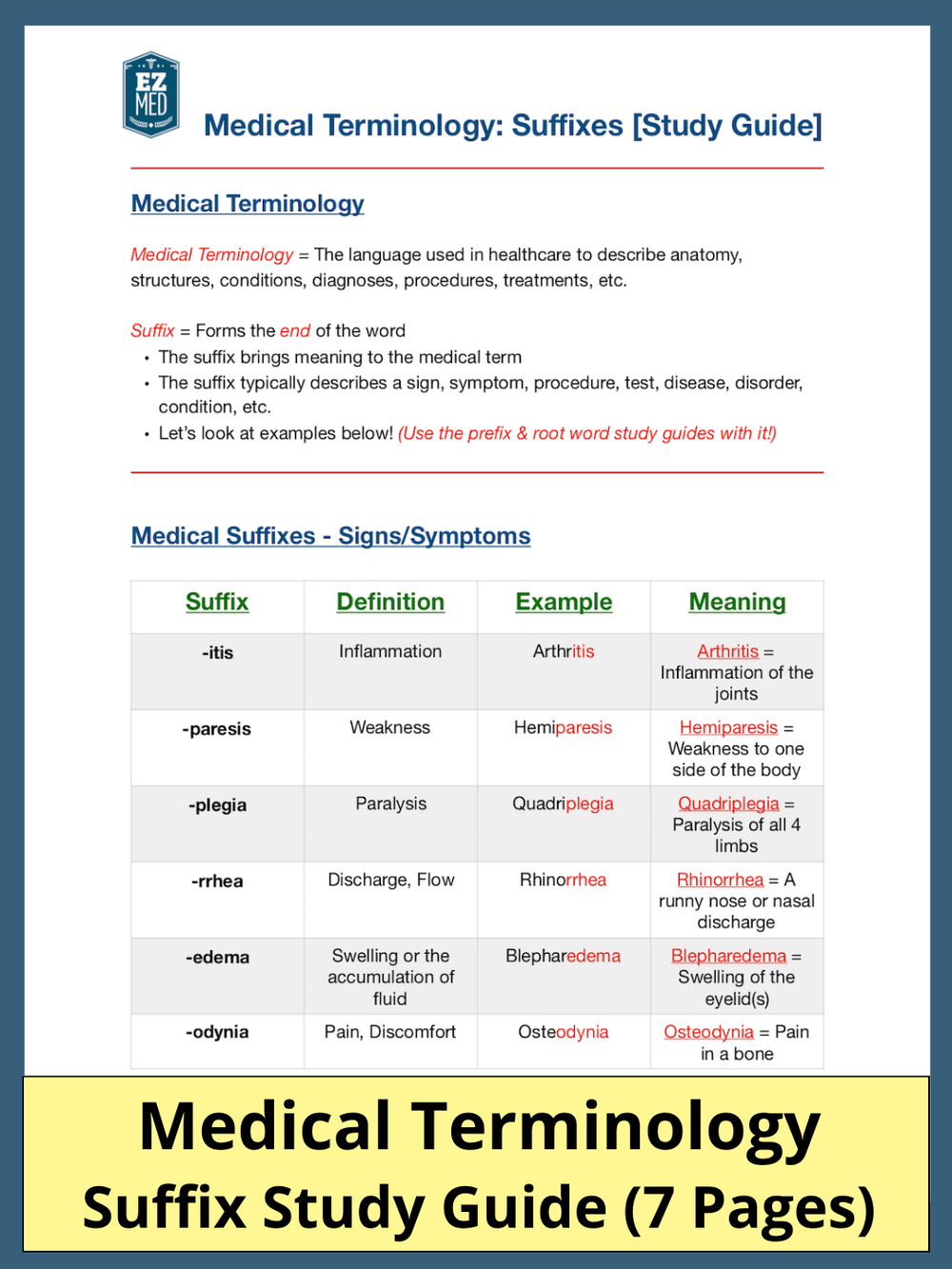What Is H&h In Medical Terms
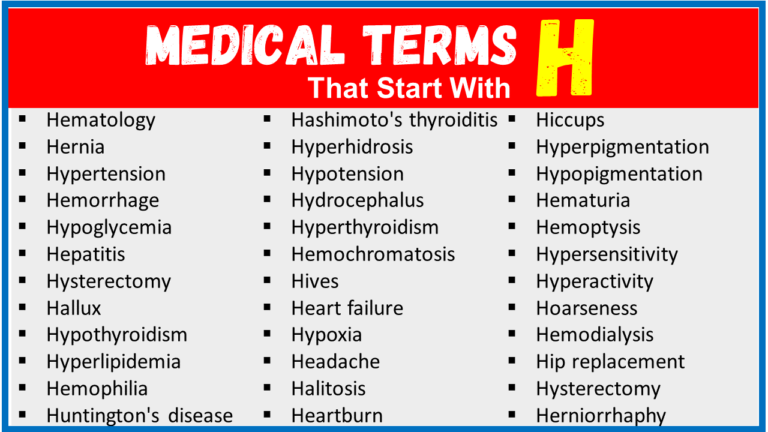
Imagine sitting in a doctor's office, a flurry of medical jargon swirling around you. The doctor mentions "H&H," and you nod, pretending to understand, but secretly, you're wondering what it could possibly mean. This situation is more common than you might think, and understanding common medical shorthand can be incredibly empowering.
This article aims to demystify the term "H&H" in a medical context, explaining its meaning, significance, and the information it provides to healthcare professionals. We'll explore the two key components that make up H&H: hemoglobin and hematocrit, and why they are crucial for assessing a patient's overall health.
Unveiling H&H: Hemoglobin and Hematocrit
H&H stands for hemoglobin and hematocrit, two vital components measured in a complete blood count (CBC). A CBC is a common blood test that provides valuable information about the different types of cells in your blood. These values often go hand-in-hand, providing a comprehensive picture of your blood's health.
Hemoglobin: The Oxygen Carrier
Hemoglobin is a protein found in red blood cells responsible for carrying oxygen from the lungs to the body's tissues and organs. It also plays a role in transporting carbon dioxide back to the lungs for exhalation. Hemoglobin's ability to bind to oxygen is due to the presence of iron, which gives blood its red color.
A hemoglobin test measures the amount of this protein in your blood. Low hemoglobin levels can indicate anemia, a condition where the body doesn't have enough red blood cells or hemoglobin to carry adequate oxygen. Conversely, high hemoglobin levels can indicate conditions like polycythemia vera, a blood disorder where the bone marrow produces too many red blood cells.
Hematocrit: The Blood Volume
Hematocrit, also known as packed cell volume (PCV), measures the percentage of red blood cells in your blood. It essentially tells you how much of your blood volume is made up of red blood cells. This measurement is crucial for assessing the overall composition of your blood.
A low hematocrit can also indicate anemia, blood loss, or other underlying medical conditions. A high hematocrit can be a sign of dehydration, polycythemia vera, or lung disease. Both hemoglobin and hematocrit are expressed as numerical values that fall within established normal ranges.
The Significance of H&H in Diagnosis
H&H levels are crucial for diagnosing a wide range of medical conditions. Doctors often use H&H values to assess a patient's overall health status during routine check-ups. They also use it to monitor the progress of ongoing treatments.
For example, monitoring H&H levels is critical in patients undergoing chemotherapy, as these treatments can often suppress bone marrow function and lead to anemia. Similarly, patients with chronic kidney disease often experience anemia due to reduced production of erythropoietin, a hormone that stimulates red blood cell production.
Understanding Normal Ranges
Normal H&H ranges vary slightly depending on factors like age, sex, and altitude. Generally, normal hemoglobin levels are around 13.5 to 17.5 grams per deciliter (g/dL) for men and 12.0 to 15.5 g/dL for women. These are only general ranges, and your doctor will interpret your results considering your individual circumstances.
Normal hematocrit levels are usually around 41% to 53% for men and 36% to 46% for women. It’s important to remember that these ranges are just guidelines. Your doctor will consider various factors when interpreting your H&H results.
It is crucial to consult with a healthcare professional to understand the meaning of your specific H&H results. Self-diagnosing or attempting to interpret medical results without proper guidance can be misleading and potentially harmful. Medical professionals consider your individual health history, symptoms, and other test results when evaluating H&H levels.
Factors Affecting H&H Levels
Various factors can influence H&H levels, beyond underlying medical conditions. Dehydration can falsely elevate hematocrit levels, as the concentration of red blood cells increases relative to the overall blood volume. Pregnancy can lead to lower hemoglobin and hematocrit levels due to increased blood volume.
Certain medications can also affect H&H levels. For example, some drugs can suppress bone marrow function and lead to anemia. Conversely, others can stimulate red blood cell production.
Lifestyle factors such as diet and exercise can also play a role. Iron deficiency, common in certain populations, can lead to anemia. Intense physical activity can sometimes lead to a temporary increase in hemoglobin and hematocrit.
The Importance of Regular Monitoring
Regular monitoring of H&H levels is crucial for individuals with certain medical conditions. This is particularly true for those undergoing treatments that may affect bone marrow function. Regular monitoring allows healthcare providers to detect changes in H&H levels early on, allowing for timely intervention.
Even for healthy individuals, periodic blood tests, including H&H, can be beneficial as part of routine check-ups. These tests can help identify potential health issues before they become more serious. Talk to your doctor about the appropriate frequency of blood tests based on your individual risk factors and health history.
Beyond the Numbers: A Holistic View
While H&H values provide valuable information, it's important to remember that they are just one piece of the puzzle. Healthcare professionals consider these values in conjunction with other clinical findings, patient history, and symptoms to arrive at an accurate diagnosis. Relying solely on H&H numbers without considering the broader clinical context can lead to misinterpretations.
Effective communication between patients and healthcare providers is essential for optimal healthcare. Don't hesitate to ask questions about your H&H results and what they mean for your overall health. A clear understanding of your medical information empowers you to make informed decisions about your care.
In conclusion, understanding "H&H" – hemoglobin and hematocrit – can empower you to engage more meaningfully in conversations about your health. Remember, your health journey is a collaborative effort, and knowledge is a valuable tool. Armed with this understanding, you can approach your healthcare with greater confidence and clarity, leading to better health outcomes and a stronger sense of well-being.





